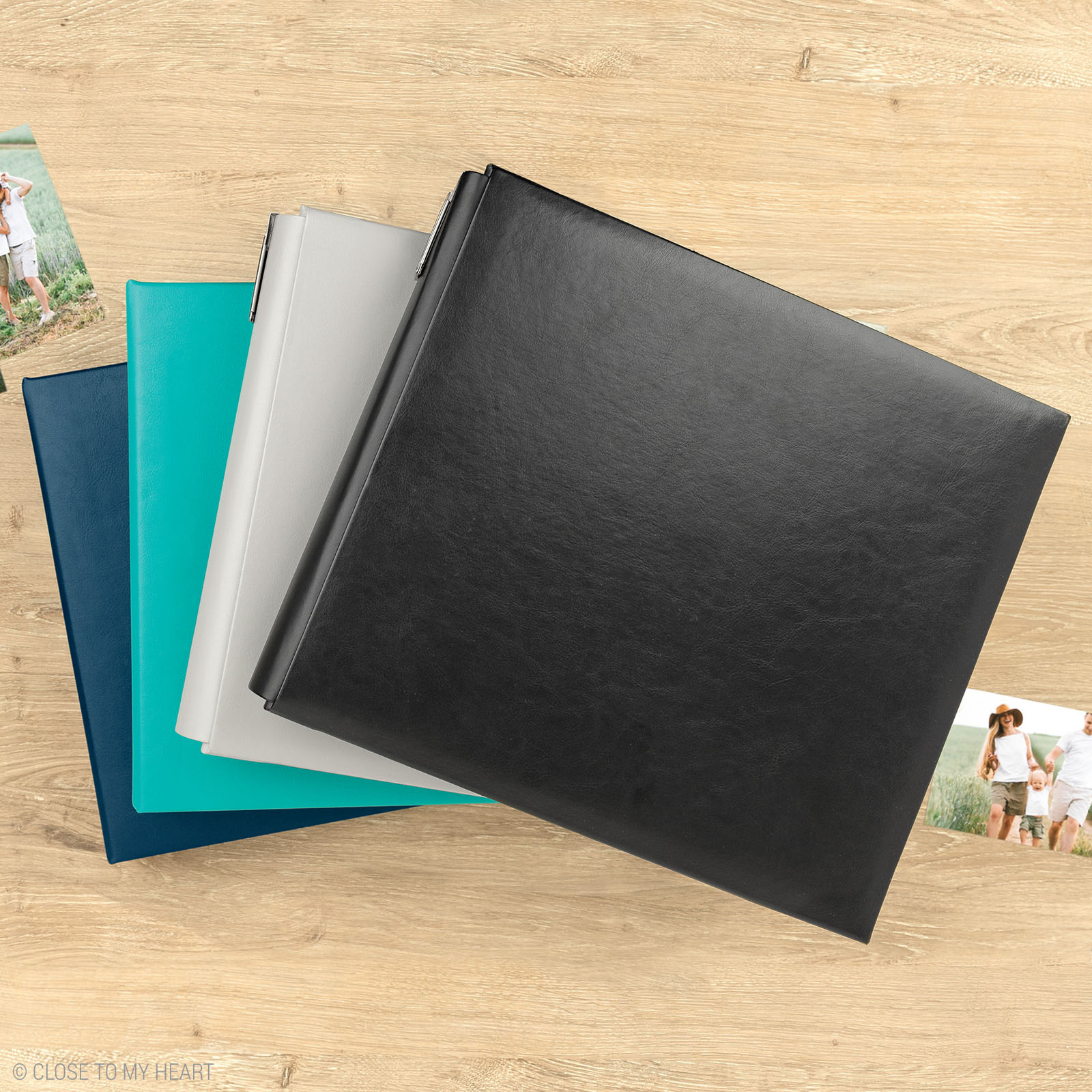Are Your Scrapbooks Safe?
Are your grandmother’s old photos in the attic in a box? Time to get them out of there! Safe Scrapbooking doesn’t just start with quality, acid-free supplies, but it ends with where and how you store completed albums. Improper conditions can cause more damage than acidic elements. To maximize the longevity of both your scrapbooks and the priceless memories they contain, follow these basic storage guidelines.
Choose a cool, dry storage place, which means keep them out of the attic! Heat and humidity are the two most dangerous elements in any storage environment. High heat makes photos fade faster, twice as fast for every 10 percent increase in temperature. High humidity can cause photos to become sticky, develop stains or grow fungus. Additionally, wide fluctuations in temperature and humidity can cause photos to crack, wrinkle or delaminate. Now you know it is time to get grandma’s pictures out of the attic or the garage and into a scrapbook. Excess heat and humidity can also cause scrapbook papers, inks and other materials to deteriorate.
Overexposure
To avoid exposing your albums to temperature extremes, store your scrapbooks in the coolest location in your home. The relative humidity should stay between 20% and 50 % and the temperature should not get above 77 degrees. This means you want to avoid hot attics and damp basements. A shelf or closet on the main floor is often the best location. And if you think about it, they are more likely to get looked at long after you created them if they have a special place in your home. Given the investment in photos and supplies, it may be worth it to purchase an accurate thermometer and hygrometer to track temperature and humidity in your storage area depending on where you live. If you find that the relative humidity often exceeds 65 %, think about a dehumidifier. Air conditioning during hot summer months also helps avoid extreme heat and humidity.
Storage Direction
Store your scrapbooks vertically with the spine facing out and the sides supported with slight, gentle pressure. In other words, keep the shelf tight, so each album holds up the other ones. Don’t leave scrapbook albums open and on display, light exposure can cause photos, papers and inks to fade and yellow and dry out the adhesive.
prevent pressure problems Elements such as eyelets, brads, wire, sequins, beads and buttons must be used with care to avoid physical damage during storage. These embellishments can cause indentations or abrasions on scrap book pages, especially if albums are stored with excessive pressure on their sides.
If you are like me, you have used lots of dimensional elements, brads, ribbons, buttons, you get the idea, on your pages, you can use spine extenders between the pages to prevent pressure damage, think of the impression or even a hole a brad can make on your next page if it is packed too tightly.It is generally a good idea to plan your albums around 3-D elements when possible. Simply do not place photos directly across from 3-D embellishments on a facing page so there is less chance for damage.
Think of things this way, you spend good money on your scrapbooking hobby, and how crushed you would be if they got damaged. While I am not an advocate of keeping all your photos only on your camera or a backup disc, I am also not one to just put all that hard work in the album and hope for the best. I photograph every scrapbook page that I create, just in case there was a flood or fire, and those are backed up to a cloud. One less thing to worry about when keeping your scrapbooks and photographs safe.
Creatively, Carol

